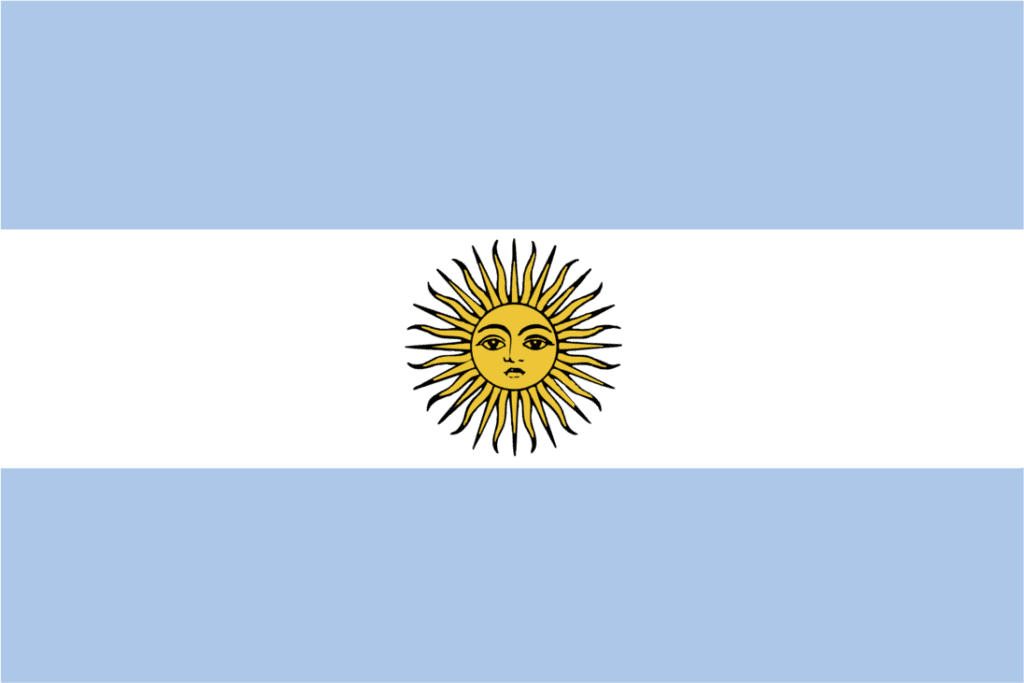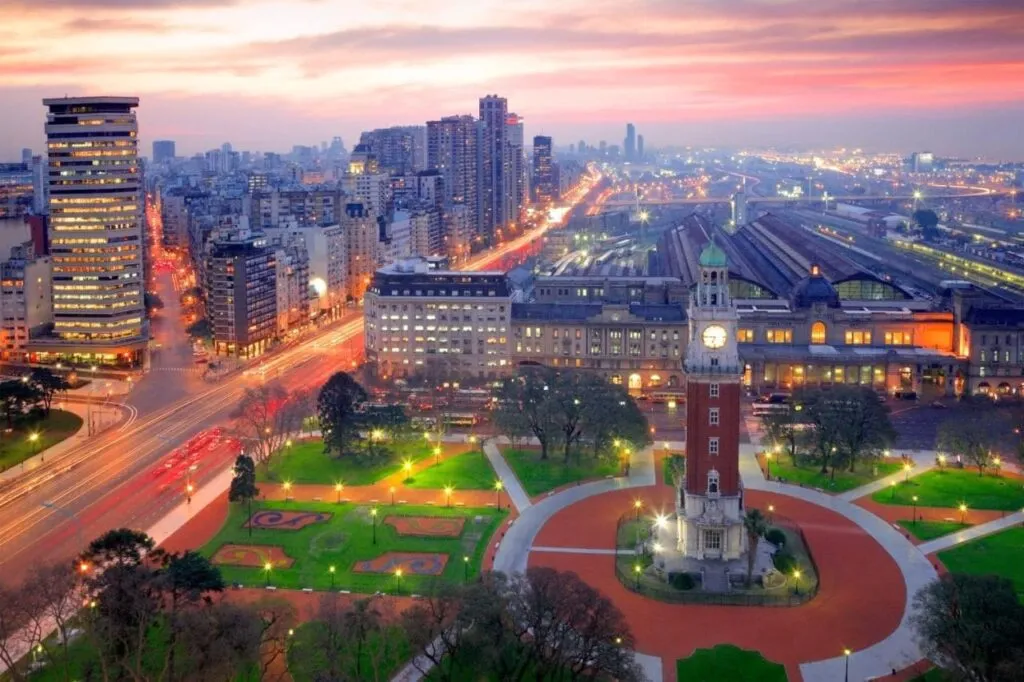Argentina, officially known as the Argentine Republic, is situated in the southern half of South America. It covers a vast area of 2,780,400 km2, making it the second-largest country in South America, the fourth-largest in the Americas, and the eighth-largest in the world.

It shares its borders with Chile to the west, Bolivia and Paraguay to the north, Brazil to the northeast, and Uruguay and the South Atlantic Ocean to the east. The southern boundary is defined by the Drake Passage.
The country is organized as a federal state, divided into twenty-three provinces and one autonomous city, Buenos Aires, which is both the federal capital and the largest city.

The history of Argentina can be traced back to the Paleolithic period, and it was influenced by the Inca Empire before Spanish colonization in the 16th century. It emerged as the successor state of the Viceroyalty of the Río de la Plata, a Spanish overseas viceroyalty established in 1776.
The fight for independence, which took place from 1810 to 1818, was followed by an extended civil war, culminating in the reorganization of the country as a federation.
Argentina experienced relative peace and stability afterward and saw significant European immigration, particularly from Italians and Spaniards, which influenced its culture and population.
The nation’s prosperity grew substantially, and by the early 20th century, Argentina ranked as the seventh-wealthiest country globally. In 1896, its GDP per capita surpassed that of the United States and remained in the top ten for several years. However, the Great Depression in the 1930s led to political instability and economic decline, pushing Argentina back into underdevelopment.
It is currently ranked 62nd in the world. The country also faced periods of political turmoil, including the Dirty War, a period of state terrorism and civil unrest during the military junta’s rule in the 1970s.
Argentina holds regional power and middle power status in international affairs and is a major non-NATO ally of the United States. It is considered a developing country with the second-highest HDI in Latin America after Chile.

Argentina has the second-largest economy in South America and is a member of various international organizations, including G-15 and G20. It played a founding role in institutions like the United Nations, World Bank, World Trade Organization, Mercosur, and others.
